Image: Mixed Reality User Manual in a real-world environment. Step-by-step as a visual guide directly in the field of view. Source: visionguide.io 2025
At the core of modern work environments, artificial intelligence and mixed reality converge. Static manuals become living guides that appear exactly where they are needed. Complex machines become easier to operate, workflows become safer, and knowledge is delivered right at the moment of action.
Through adaptive systems and spatial sensing, work steps become visible. AI recognizes what the user is doing, confirms correct actions, and suggests the next step in case of uncertainty. This creates a new form of technical guidance where experience and understanding merge.
From Instruction to Understanding
Artificial intelligence is fundamentally transforming technical documentation. It’s not the page in a PDF that matters anymore, but the right hint at the right moment. Systems analyze the environment, gaze direction, and tool position. They translate abstract data into actionable spatial guidance.
- AI recognizes user context and intent
- Work steps are precisely overlaid onto the object in mixed reality
- Reading becomes doing, instruction becomes understanding
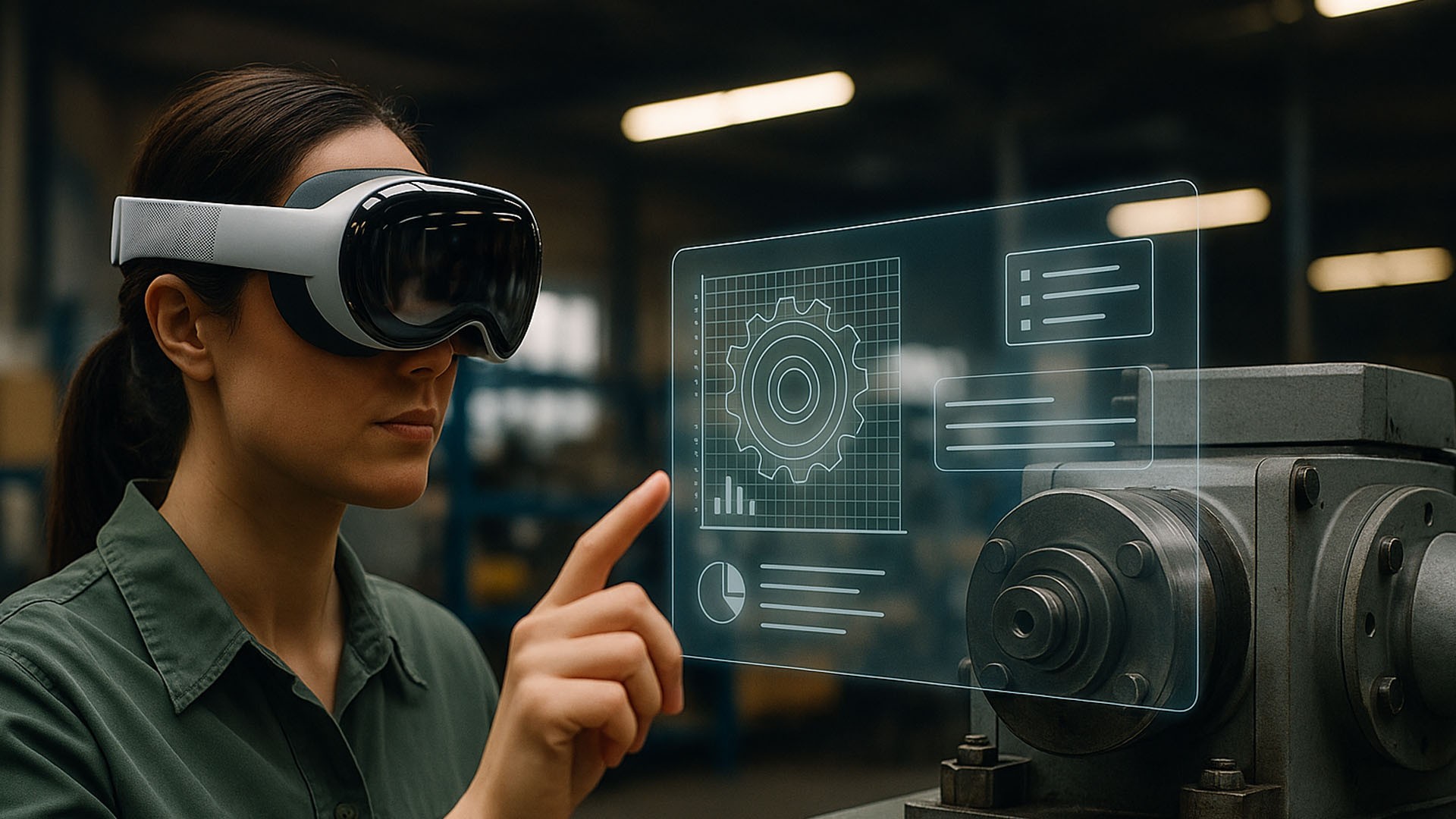
Image: Context-sensitive step display in mixed reality. The next action appears directly on the object. Source: Visoric Research 2025
The fusion of visualization and AI creates a new quality of knowledge transfer. Where interpretation was once required, there are now clear spatially anchored cues. Technical instruction evolves from text to experience.
The Language of Space
Devices, tools, and environments form a spatial system. Mixed reality makes these relationships visible. Instructions stay attached where they are needed and move with the object. This reduces cognitive load and lowers the probability of errors.
- Spatial anchors bind information to components and tools
- Visual paths show sequence and direction of actions
- Validation steps confirm correct execution in real time
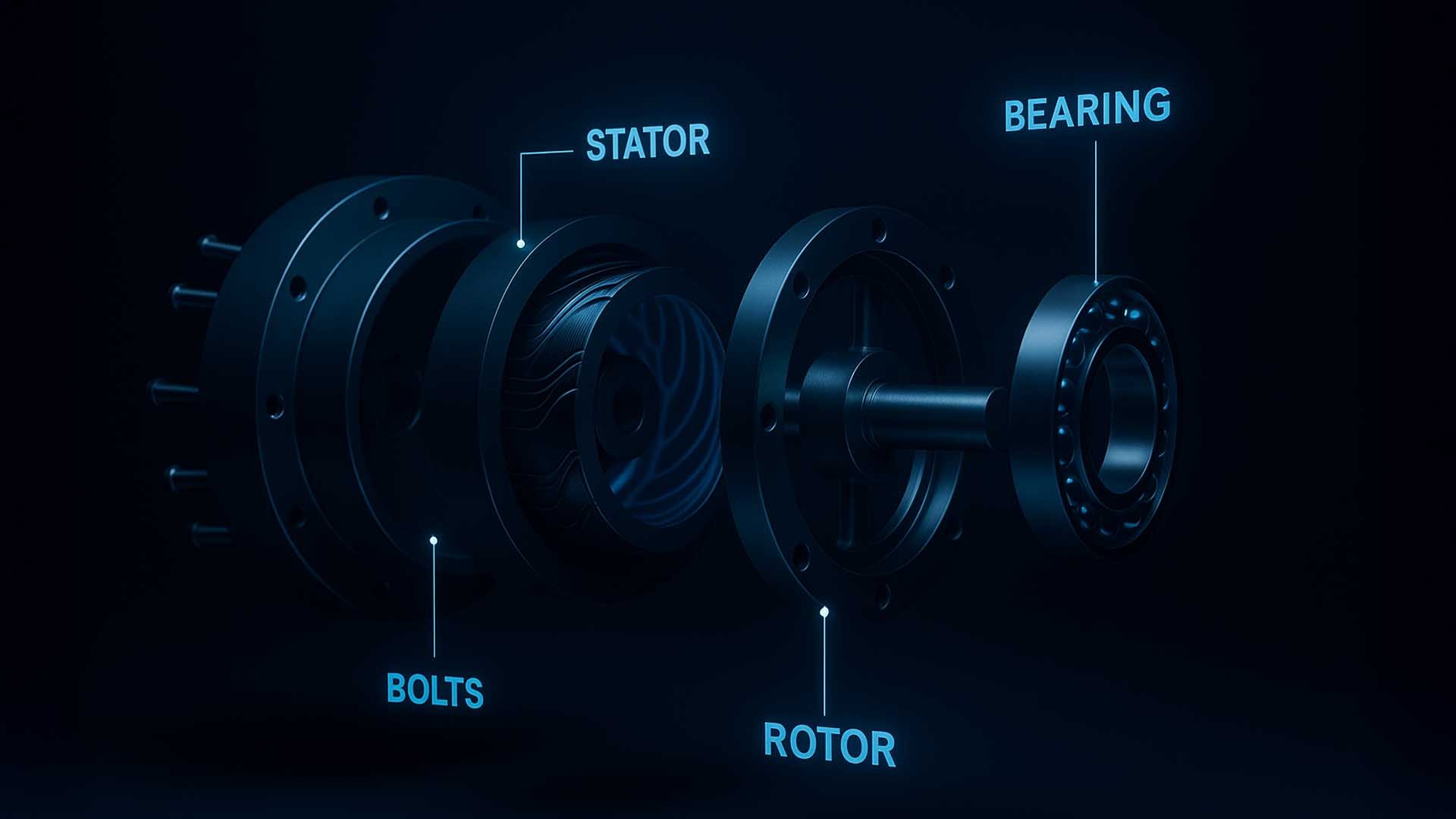
Image: Schematic visualization of spatial cues on components and work paths. Concept visualization: Ulrich Buckenlei / Visoric GmbH
The language of space replaces the need to flip through documents. What to do becomes visible right where it’s needed. This builds trust in complex processes.
When Machines Learn to See
To see is to understand. AI systems detect objects, positions, and conditions in real time. They merge video feeds, 3D depth information, and user interactions into a consistent understanding of the situation. This generates adaptive cues that adjust to human actions.
- Real-time detection of components, tools, and safety zones
- Comparison of planned versus executed steps
- Adaptive assistance in uncertain situations and early error warnings
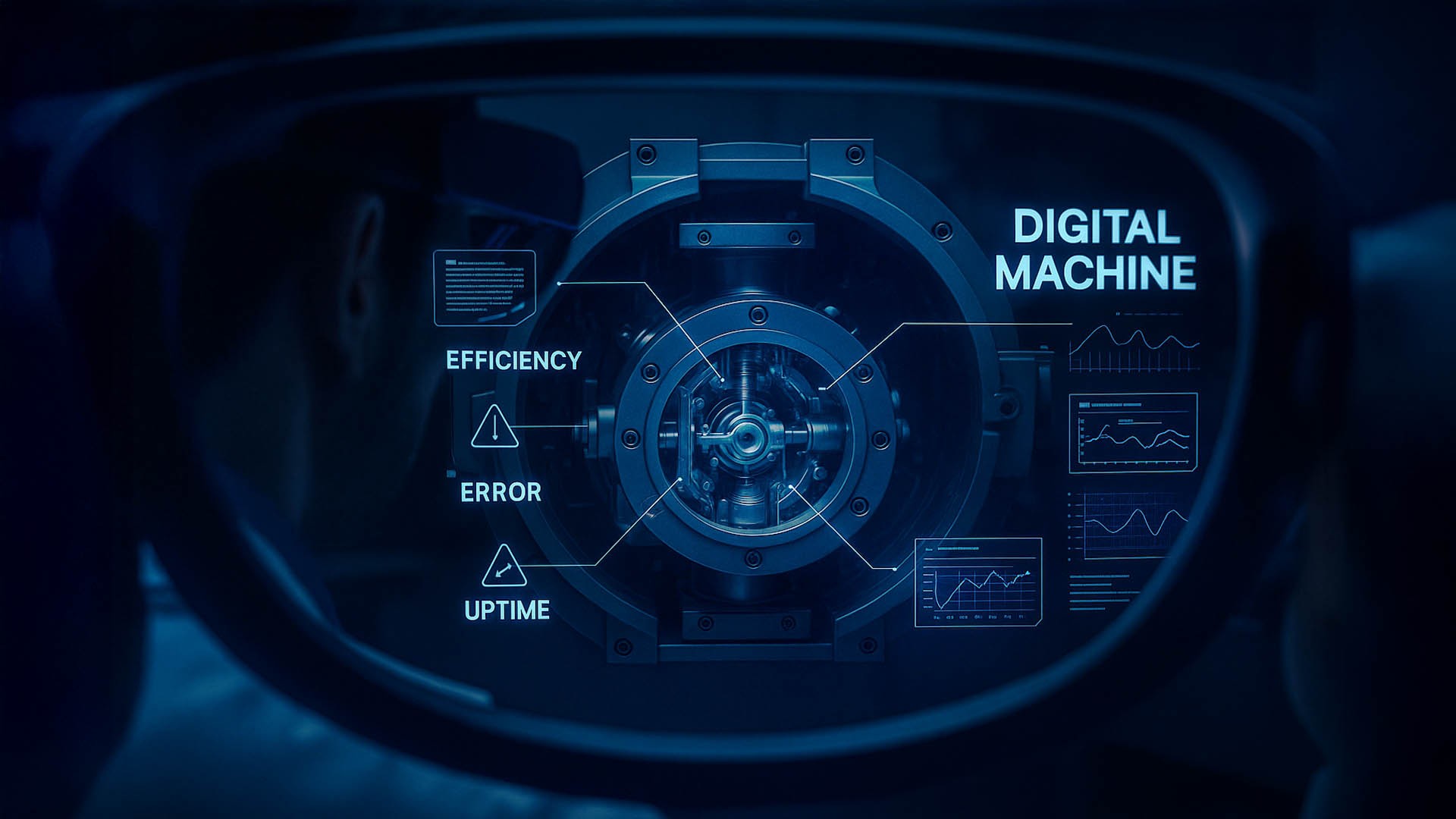
Image: Comparison and adaptive display in the field of view. Concept visualization: Visoric GmbH
Display becomes dialogue. The system learns from every interaction and provides increasingly accurate hints. Guidance becomes faster and more precise over time.
Data Flows in Context
Every work step generates data—positions, sensor readings, and status messages. AI consolidates these signals into situational context. Mixed reality translates this data into understandable visuals.
- Processing of image, sensor, and log data in real time
- Consolidation into a comprehensible spatial model
- Visualization of progress, risks, and quality control
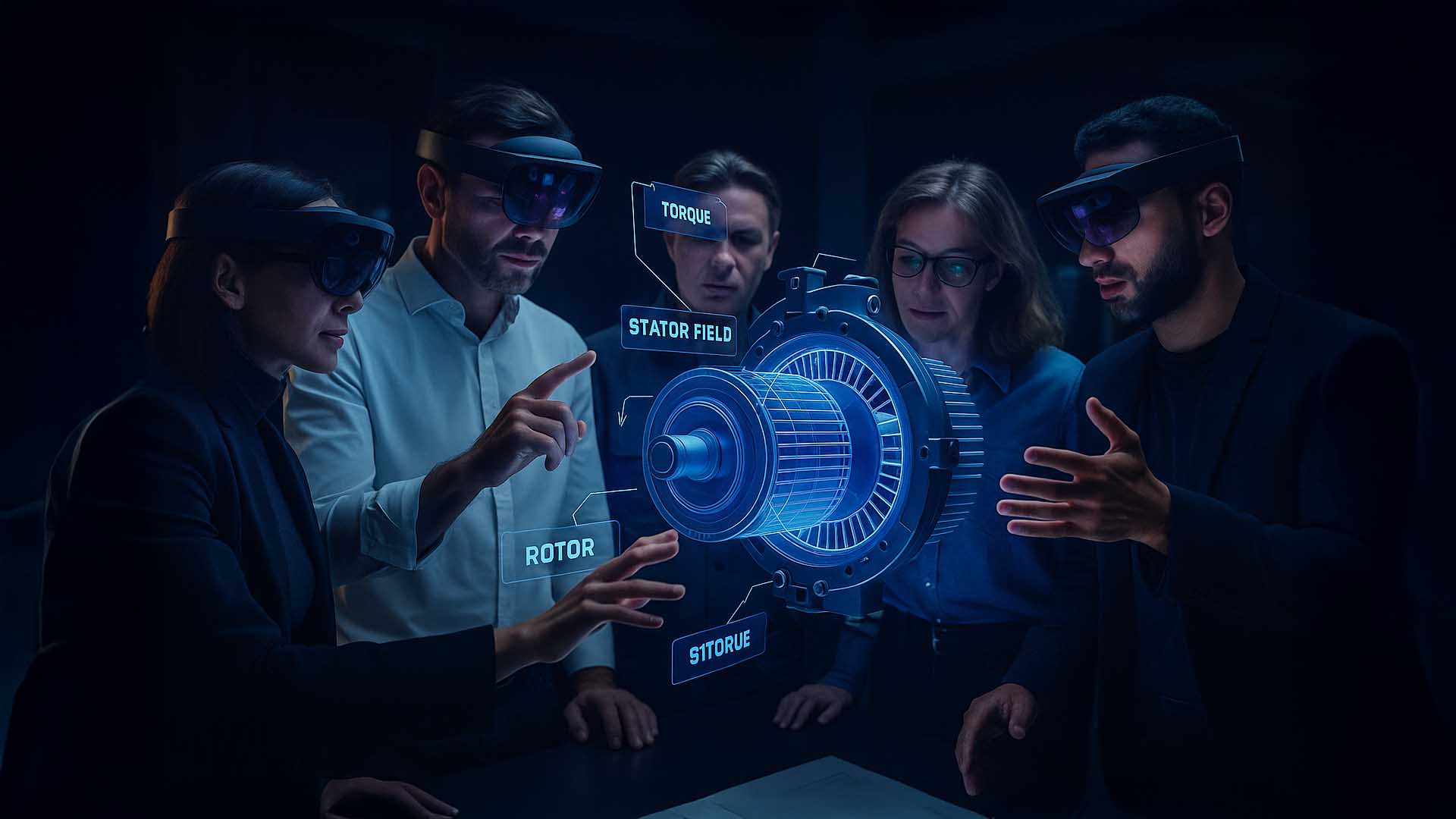
Image: Visualization of data streams on the work object. Progress and quality become visible. Source: Visoric Research 2025
Data becomes orientation. Teams share a common view of the current state and make better decisions faster.
From Observation to Control
The goal is not only support but active assistance. AI systems detect deviations, suggest corrections, and block risky steps. This prevents errors, protects equipment, and minimizes downtime.
- Automated checks before sensitive actions
- Preventive warnings in case of incorrect sequence or wrong tools
- Recommendations for next steps based on successful patterns
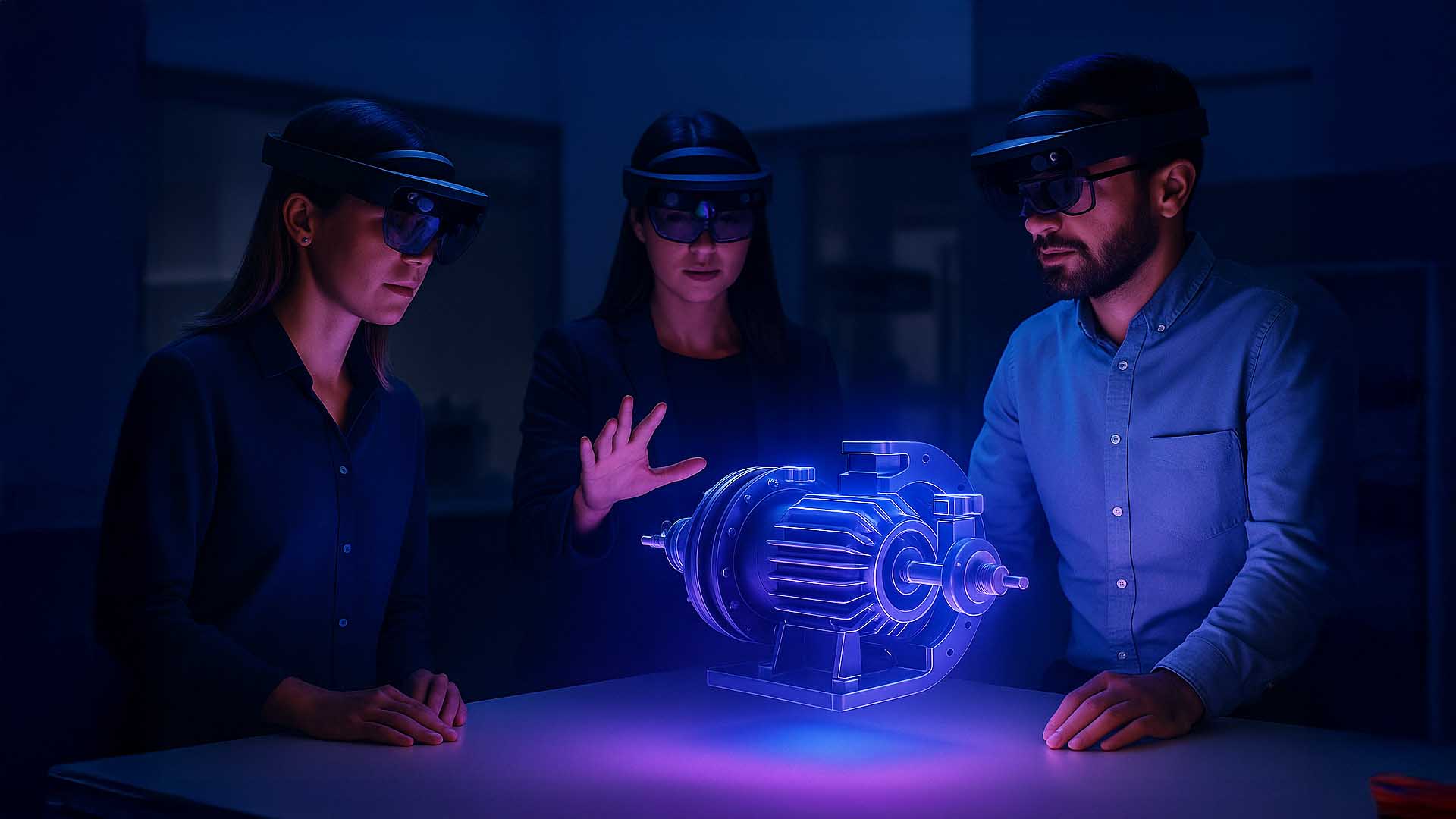
Image: Assistance system with preventive guidance before critical actions. Source: Visoric GmbH
This creates a collaboration between human and system. The person remains responsible, while technology provides clarity, safety, and speed.
When Guidance Becomes Visible
Combining the real world with AI-generated overlays introduces a new quality of communication. Instead of abstract numbers and tables, we see the actions themselves. This fosters team understanding and stakeholder trust.
Video: Mixed Reality User Manual in action. AI recognizes context and displays the next step directly on the object. Source: visionguide.io / Editorial team Visoric GmbH
The cinematic perspective reveals how technical instruction becomes experience. Companies gain speed and quality. Employees gain confidence and safety.
Experience Science. With AI, 3D, and Spatial Computing.
Practice shows how closely technology, perception, and communication are connected. AI, real-time data, and immersive visualization make the invisible visible and the complex understandable.
As a Munich-based expert team, Visoric supports this development from a unique perspective at the intersection of technology, communication, and perception. We translate data, systems, and processes into spatially tangible applications for training, service, and production.
- Development of mixed reality manuals with AI, 3D, and spatial computing
- Integration of real-time data and sensor systems into interactive XR experiences
- Scalable solutions for onboarding, maintenance, and quality assurance
Image: Over 15 years of digital innovation. The Munich team for 3D, AI, and XR. Visualization: Visoric GmbH 2025
Source: Visoric Development Lab | Photo and text: Ulrich Buckenlei
In application, it becomes clear that detail quality makes the difference. Camera angles, lighting, and millisecond synchronization shape the experience. Only when engineering precision and design speak the same language does what Visoric calls perceptual continuity emerge—the seamless interplay between real perception and digital intelligence.
Such projects require interdisciplinary thinking. Designers, developers, and engineers work on systems that treat perception as a data source. New standards are emerging for education, service, and production—systems that are not only operated but experienced. Visoric supports this transformation as a partner for companies shaping the next stage of digital evolution.
Shaping the Future of Intuitive Guidance Systems Together
Would you like to explore or expand the possibilities of AI-powered mixed reality for your company?
Talk to the Visoric team in Munich. We develop solutions with you that connect technology, design, and practice—making work more visible, safer, and faster.
- Consulting, strategy, and prototype development
- Integration of AI, XR, and real-time data into your environment
- Long-term support, scaling, and technical evolution
Now is the right time to use perception as the new interface between humans and machines.
We look forward to your ideas and to the next stage of digital interaction.
Contact Persons:
Ulrich Buckenlei (Creative Director)
Mobile: +49 152 53532871
Email: ulrich.buckenlei@visoric.com
Nataliya Daniltseva (Project Manager)
Mobile: +49 176 72805705
Email: nataliya.daniltseva@visoric.com
Address:
VISORIC GmbH
Bayerstraße 13
D-80335 Munich



